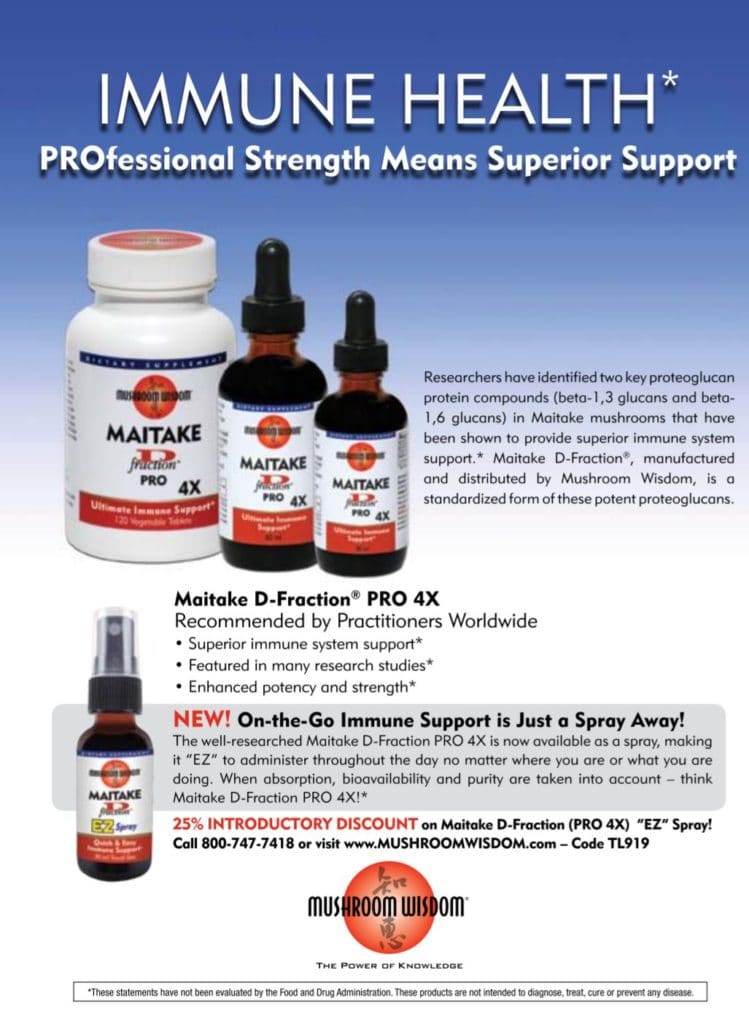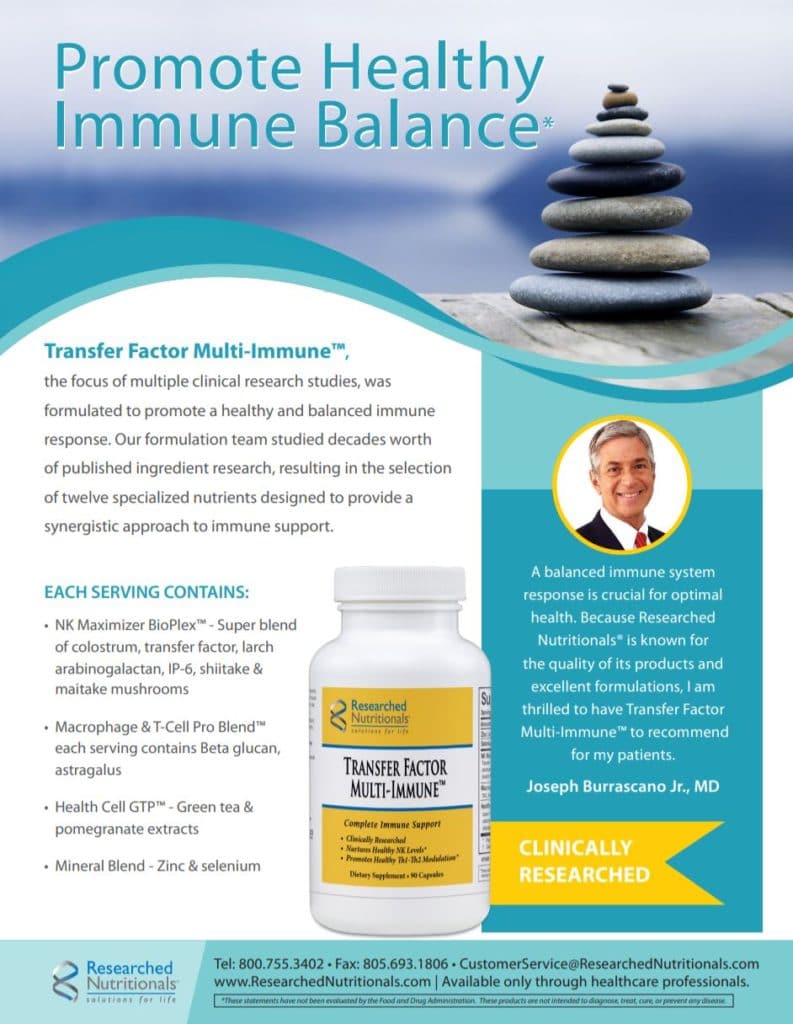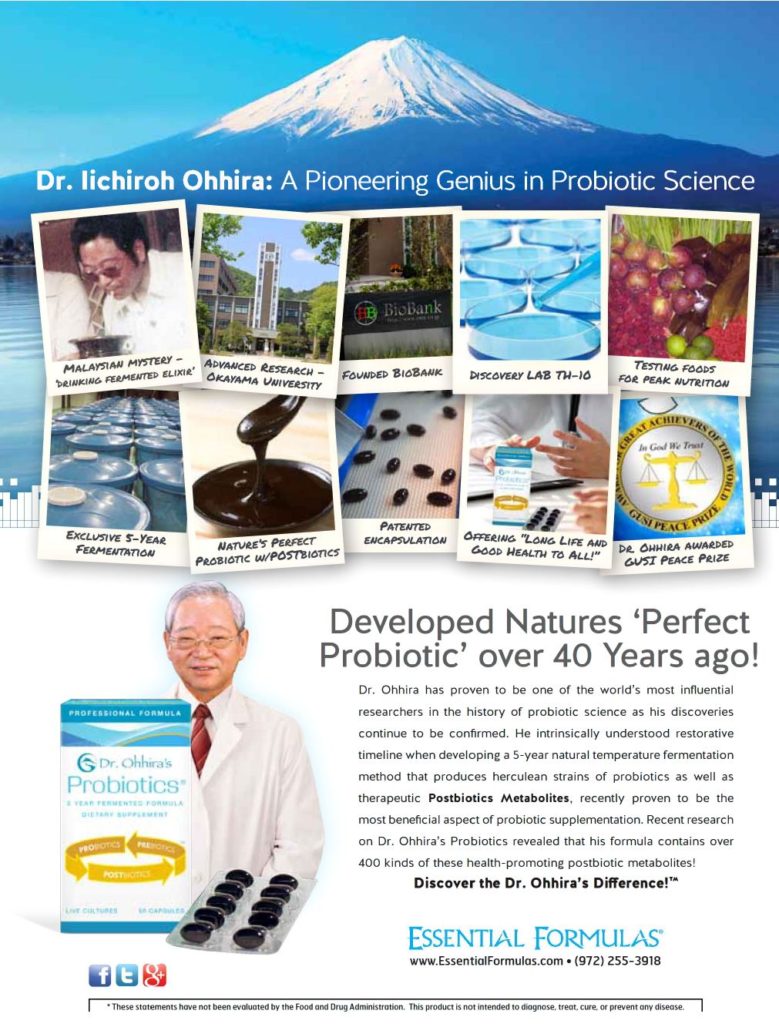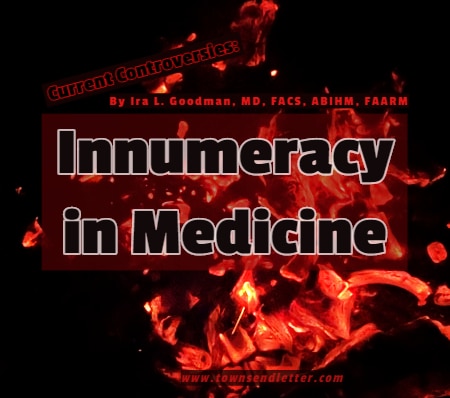Intravenous ozone treatments can cost $150 or more per session, but unlike antibiotics and herbal remedies, treatments aren’t typically done for years, but rather, several times per week over a period of months. This may make them less expensive over the long term than some other treatment modalities. Ozone and silver are also very safe treatments with few side effects, when they are used appropriately and tailored to the patient’s specific needs.
Essential oils are another modality that is being used (albeit sometimes quietly) by some practitioners and patients to treat Lyme disease. Some practitioners are averse to publicly sharing about the benefits of essential oils because they fear reprimand from the FDA, since essential oils are not an FDA-approved treatment for Lyme disease, and the FDA has apparently been cracking down on anyone who claims that essential oils can treat or cure disease.
However, essential oils can be very powerful for supporting the body in Lyme disease. They are much more concentrated than herbal remedies and their effects upon the body can be stronger and more powerful than those of herbal remedies. Frankincense, clove, thyme, oregano, marjoram, cinnamon and melaleuca are some popular antimicrobials used to treat Lyme, although there are many others.
All of the doctors that I’ve interviewed also believe that supporting the body with the right nutrition, hormonal support, and other tools is just as, if not more, important than using the right antimicrobial remedies to treat Lyme disease. After all, it is the strength and the health of all of the body’s systems that determines the body’s wellbeing, not necessarily the number or virulence of microbial organisms within it.
As David Jernigan, DC, stated in New Paradigms in Lyme Disease Treatment, “All illness is the result of a breakdown of every system in the body. It is never about just a bacterial, viral, or mold infection, or any other one single thing, because microbes cannot thrive and cause disease in an optimally healthy body. Microbes challenge all of us, but with ten times more bacteria than cells in our bodies, we are a living, eating, breathing microbial soup. This means that it is not the absence of microbes that creates health, but rather, restoring health at every level and by teaching the body to do the work of bringing down the over-population of bugs.”
Raj Patel, MD, another Lyme-literate doctor, confirms the importance of supporting the body when he says in New Paradigms in Lyme Disease Treatment, “On some level, I don’t believe that it matters what antimicrobial therapies patients and practitioners use to treat Lyme disease: whether herbal formulations, oxidative therapies, or antibiotics. This is because once doctors and patients have done their groundwork by addressing all of the factors that are compromising the immune system and causing inflammation (besides Borrelia and co-infections) – including things like mold, dental problems, viruses, gut issues and unresolved emotional traumas – then whatever they use to treat the infections is likely to work.”
However, some other doctors, such as Neil Nathan, MD, believe that antibiotics are still essential for being able to recover from chronic Lyme disease. In an interview with me, Dr. Nathan stated, “I have found that my patients can rarely get well without some antibiotic treatment; perhaps 1 in 200 are able to fully heal without antibiotics. That has just been my experience.”
Still other respected authorities, like Dietrich Klinghardt, MD, PhD, might disagree. In his interview with me for New Paradigms in Lyme Disease Treatment, Dr. Klinghardt says, “Despite antibiotics’ benefits, I believe that there are much better and safer ways of detoxifying the body and down-regulating the immune system….Antibiotics are a strategy that can get patients to the same endpoint as other treatments, but with the risk of many negative side effects. For instance, there’s a direct relationship between long-term antibiotic use and breast cancer, so medical practitioners should strive to treat Lyme without antibiotics.”
Dr. Klinghardt believes that there are better ways to treat Lyme disease, such as ozonated essential (or rizol) oils. He uses pharmaceutical remedies only for removing parasitic infections.
The divergent views among skilled Lyme-literate practitioners may frustrate some patients, as they wonder what treatment approach is best. Indeed, if there is no standard of care that has been found to be effective for everyone, then how valid can each practitioner’s approach be?
My belief is that medicine is an art as much as a science; and while there is no one-size-fits-all treatment for Lyme disease, in reality, there is also no cookie-cutter approach for any chronic disease because people are unique and no two will respond to the same treatment modality. This means that effective treatment for Lyme disease may not be as much about having the right remedy for the right microbe as much as it is about having the right box of tools to fix the most important underlying causes of disease. That might include using specific tools to eliminate microbes as a first line of defense, or it might not.
For instance, some people with Lyme disease might first need some detoxification therapy or hormonal support to balance their body or to help them get strong enough to mount an effective response against the microbes and better respond to the treatments. Or, they might have another health condition that is a bigger cause of their symptoms and which needs to be addressed first. This might include things such as mercury toxicity from dental amalgams, a parasitic infection, or another major stressor that needs to be unloaded from the body so that it can more effectively combat the Lyme infections.

Dr. Minkoff provides a good analogy about the importance of prioritizing treatment. In an interview with me, he said, “Imagine that your best friend is with you on a trip through the jungle. He goes to the bathroom and gets lost. You go to look for him and you find him lying on his back, unconscious. When you look at him, you see red ants crawling up one of his arms. On his other arm, there is a tarantula. Then, you see a boa constrictor on one of his legs, and a black panther walking up the other leg, ready to bite his leg off.”
“So, what do you do? Get the panther off of his leg first! Because it will take a little while for the snake to hurt him, and the tarantula and red ants can wait. You have to go after the biggest threat to your friend. So, you get the panther off of him first, then the boa, followed by the tarantula and then the ants. But if you do it in the wrong order, your friend will suffer. It’s the same with treating people who have Lyme disease.”
Prioritizing treatment from the greatest to the least important threat to the body is essential; and as I mentioned, most chronic diseases nowadays, including Lyme, aren’t just caused by one thing. All of us who have health challenges carry around within us a unique cocktail of microbes and environmental contaminants and have organs and systems that are compromised in different ways.
Nonetheless, if you are a patient reading this and wondering what type of antimicrobial treatment would be best for you, know that all types of treatment have pros and cons in terms of effectiveness, cost, convenience, and side effects. And you can’t always know what will work best for you, but you want to work with a doctor who understands what you, as an individual need, and who will prescribe treatments according to those needs, rather than according to a predefined toolbox or whatever happens to be fashionable in medicine.
Antibiotics may have the longest history of use, but the side effects of long-term use can be significant. They deplete the body of healthy flora, or the friendly bacteria that resides in the gut and on the surface of the skin. These bacteria help to maintain a healthy immune system so long-term antibiotic use may compromise the gut and immune system over the long haul. They can also cause Candida overgrowth, which leads to other problems in the body.
Healthy microbes even play a role in helping to maintain the body’s circadian rhythm. This is something that I discovered for myself when I could no longer go to bed before midnight after a year of taking antibiotics. To this day, my “new” circadian rhythm has me asleep at 1 AM most nights, instead of 11 PM, as before. Yet some Lyme doctors will tell you that antibiotics are still necessary for some people, and perhaps especially, as Dr. Anderson noted, in cases of very aggressive Lyme disease.
The good news is, more and better options for effective Lyme disease treatment are continually emerging, and doctors seem to be finding new ways to incorporate these tools into their practices. You might be one of those who respond exceptionally well to antibiotic therapy, but if not, be encouraged – there are many other viable and effective treatment options out there.
I happen to believe as Dr. Patel; if you are doing enough things to support the recovery of your body, on some level it may not matter as much what specific tools you use to combat the infections. As I have learned through my interviews with many Lyme-literate health care practitioners, rebuilding the body from the ground up, and addressing the root causes of disease (beyond Lyme) are key. Once you do those things, then eliminating the Lyme microbes becomes much easier, regardless of which tool you use to do that.

Connie Strasheim is a medical researcher and writer, and author, co-author and/or ghostwriter of ten wellness books, including New Paradigms in Lyme Disease Treatment: 10 Top Doctors Reveal Healing Strategies that Work. (www.NewLymeTreatments.com). She collaborates with some of the world’s top integrative doctors to write her books and articles. She is also an editor for the Alternative Cancer Research Institute and Pro Health’s Lyme disease research and patient advocacy site. She hosts a monthly prayer conference call group for those with chronic health challenges, believing that prayer is powerful for healing. To learn more about Connie’s work, visit www.ConnieStrasheim.org.










